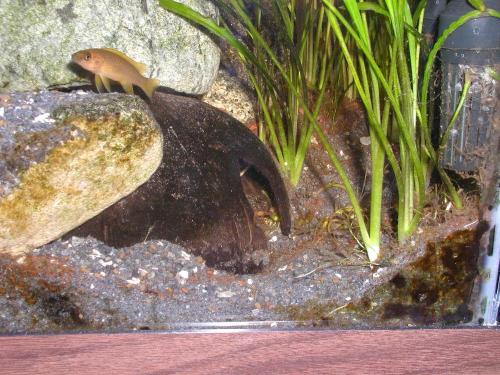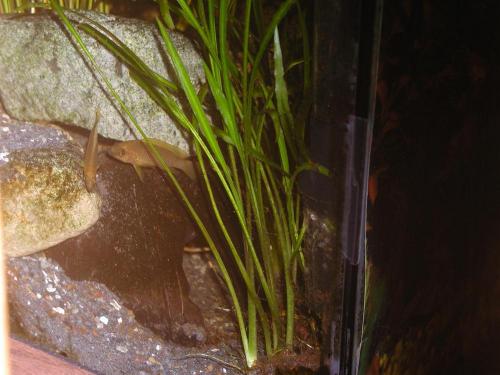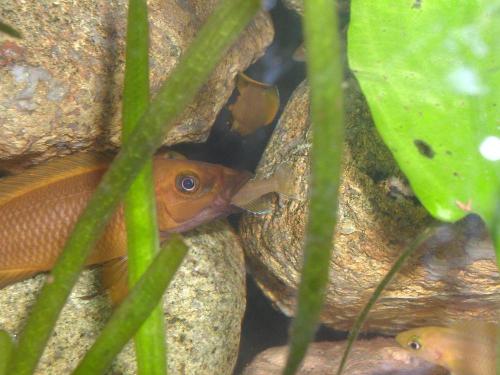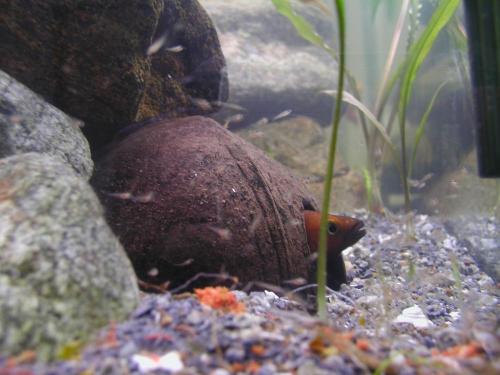crawgarden said: Jerry, I only ever grew Cryptocorynes in my aquariums, guessing if the humidity was high enough they would not have to be submerged.
Cryptocoryne grow in areas where monsoon rains will flood them part of the year. The other part is low water when they can grow in the air as long as the roots are very moist. This is when they bloom. They often have an entirely different leaf shape when growing emersed compared to submersed.
So yes, they need close to 100% humidity to grow emersed. You can grow them in a Paludarium emersed. Often times they are grown along with reptiles or amphibians.
This is one of the best sources for Crypt information I've seen. It was started by a Dutch botanist, Jan Bastmeijer for his personal records and then grew. It is now archived and maintained since his death in 2022. You have to add in the h as I'm not allowed to post links yet, being so new. [url=ttps://www.cryptocoryneworld.org/index.php]ttps://www.cryptocoryneworld.o...[/url] Click on the "how to" tab for some ideas for growing them. He goes into potting mixes too. Some Crypts are really finicky and require Beech leaf compost. They might be growing at a pH of 4 or less.
I mix up some Seachem Flourite or similar substrate with mineralized soil fortified with a clay mix I make up using clays from pottery supply houses. You can buy dry clay in pound bags. I usually make up a 25 lb batch and sell it to club members for their use. Some Crypts grow in Limestone bedrock areas and do better in hard alkaline water. I grew a lot of Crypts along with Tanganyikan cichlids.
Here's a 38 gallon I had at home with Crypt retrospiralis growing along the back. The substrate was a mixture of Seachem Onyx Sand and an African Cichlid substrate that I sieved to remove the larger particles. I only kept what passed 1/8-3/16" mesh. It provided a very high alkalinity in the water along with the salts and buffer I added to supplement my tap water. The coconut shell was the spawning shell for Neolamprologus leleupi. It was taken March 22, 2007. They spawned on a regular basis and almost never ate their fry. The juveniles did though. That is a juvenile swimming over the shell spawning cave:

Here are some juveniles that I called "vultures", waiting to snag some fry near the spawning cave. This was taken March 22, 2007:

Here's an adult actually eating a fairly large juvenile. Pretty sure my son took this photo. I don't remember taking it. Pretty amazing shot he got. Photo taken sometime in 2007/8:

Here's the female sticking her nose out of the coconut shell with her fry swimming out around her. You can see some of the Crypts are gone near the shell. And I've cleaned the substrate near the shell too. I fed using frozen food for marine fish that had a lot of orange pigments in it. Really made the color of the leleupi pop. Taken Jan 8, 2008:




